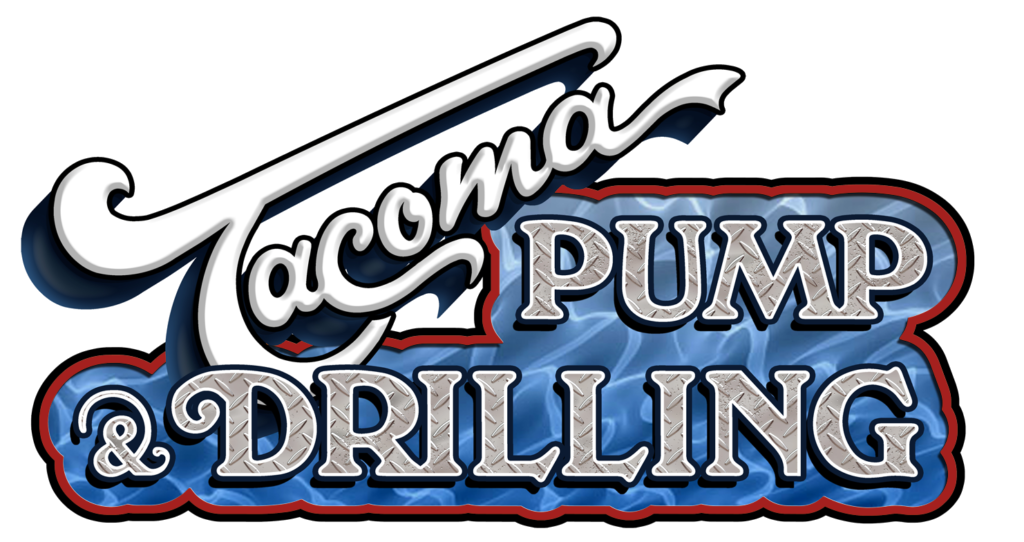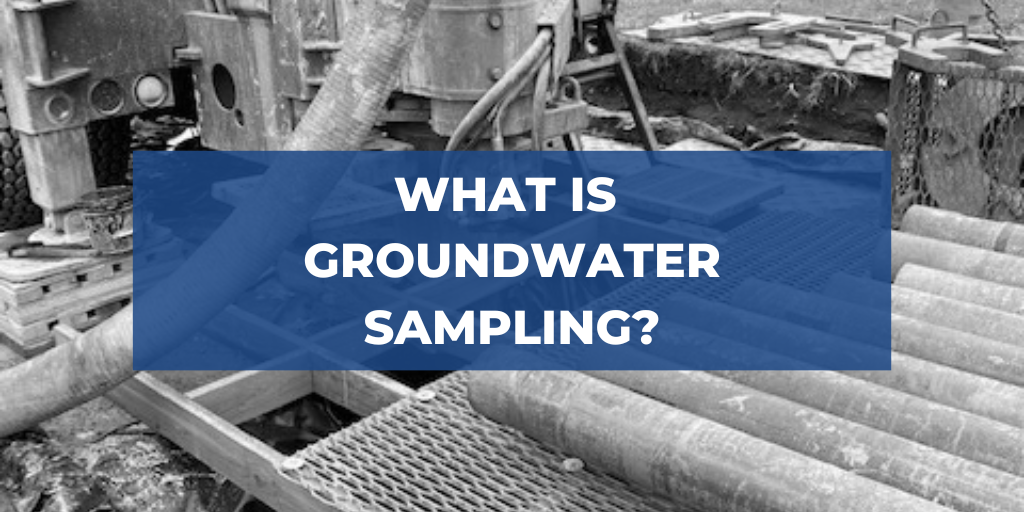One of the applications for our drilling services is water and soil sampling. Groundwater sampling, in particular, helps environmental scientists, hydrologists, government entities, and geologists to better monitor a region’s water quality. There are several reasons these groups choose to sample our water supply. Here’s why it’s important and how TPD plays a role in establishing safe, accurate water samples.
The Purpose of Groundwater Samples
In previous posts, we’ve shared the importance of determining the static water level of your well (and therefore the sustainability of your aquifer), as well as testing the water for contaminants. These are just two of many reasons to test groundwater through professional sampling.
Scientists, government entities, and even private businesses have reason to sample groundwater regularly to determine:
- Contaminants in the aquifer (and not just an individual well)
- Aquifer water levels
- If water complies with both federal and state regulations
- Monitor connections between aquifers and surface water
- Determine the impacts of water usage in a certain area
- Establish the spread/flow of contaminants
Groundwater sampling is used for many different applications, both short-term and long-term. Environmental monitoring is one such long-term application that helps states keep an eye on water quality as well as water access and availability for residents. It is these long-term sampling programs that help us better understand the ebb and flow of groundwater in Washington State. Without groundwater sampling, we wouldn’t fully understand the quality or quantity of our water.
How Drilling and Groundwater Sampling are Linked
Drilling plays a significant role in groundwater sampling. Through drilling wells and boreholes, we create the means for hydrologists, geologists, and more to collect their water samples. Some wells are established permanently for ongoing testing and study.
There are some things to consider when drilling a well for sampling. For example, wells drilled on sites that were previously used for industry, farming, or commercial purposes can contain contaminants. Our crew is highly trained to handle these situations in order to ensure a proper, uncontaminated water sample.
Drilling both temporary and permanent wells is an important part of water sampling as well. As we mentioned before, some long-term studies require permanent wells for consistent testing. However, short-term sampling may only require a temporary well. Either way, TPD is there to provide the equipment and experience needed to establish proper water sampling sites.
Examples of Washington State Water Studies
Washington State Department of Ecology manages many studies to ensure our state has “clean, safe, and abundant groundwater.” Some active studies are currently underway to monitor the following:
- Toxins in groundwater
- Groundwater quality
- Climate and groundwater
One example of these studies is the Shelton Laundry & Cleaners groundwater monitoring which measures for volatile organic compounds (VOC) from five monitoring wells. Another is the Yakima Railroad Area groundwater performance monitoring which studies approximately six square miles of industrial and commercial property adjacent to the railroad corridor in Yakima and Union Gap to detect tetrachloroethylene-contaminated soils and groundwater.
As you can see, the use of monitoring wells is a powerful tool to ensure our residents have a clean supply of drinking water.
Tacoma Drilling for Environmental Studies
TPD provides a valuable resource in our experience with environmental drilling. It is extremely important that water samples are not contaminated by the drilling process. This involves choosing the best equipment and drilling method for each unique project, drilling site, and scenario.
For more information about how we can help with your next groundwater sampling project, contact us using the form or phone number below.

